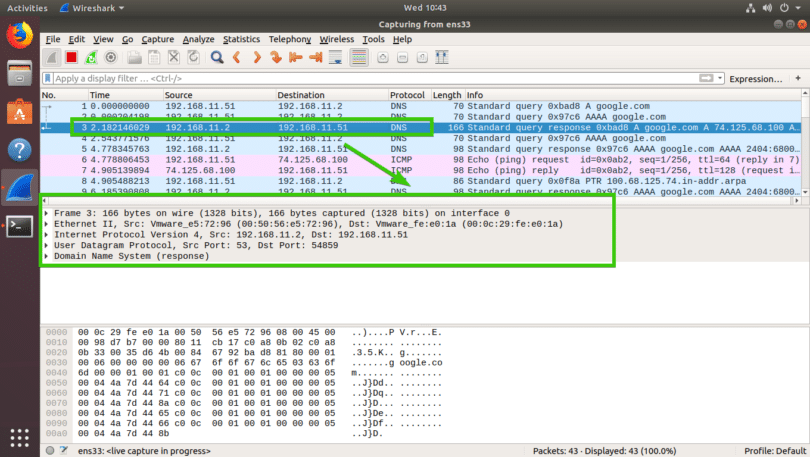

This is a good option for circular logging when it is unclear when an event will happen and you can stop shortly after the even happens.How to monitor packet flow using the TCPDUMP After the fourth file is finished the first will be deleted and a new file written and keep going until the capture is stopped. In this example we will get a rotation of 4 files each 50 Mb in size. Use the -W switch to write a number of files. The number following the 's' indicates the number of bits to capture of each packet. Use 'tcpdump -s0' to capture the full data packet. Use tcpdump -w to write the packet capture to a capture file that is readable in an application such as Wireshark. This will making reading screen output easier. Use tcpdump -X to show output including ASCII and hex. Use tcpdump -nn to disable name resolution of both host names and port names Use tcpdump -n to disable name resolution of host names When using 0.0 for the interface on a capture make sure to use a capture filter or you will get too much information and may impact performance on the F5. To capture traffic on a specific interface use tcpdump -i.

The 'any' interface will be taken by TMM and made into the interface '0.0' To list the available interfaces for packet capture use tcpdump -D To launch the SSH connection to the BIG-IP double click on the Putty shortcut on the desktop.

You can run these commands from the Jumpbox to see the output in our lab environment or you can just read through the information, it is up to you. The following are some of the most commonly used. The tcpdump command has several switches with different purposes.


 0 kommentar(er)
0 kommentar(er)
